When you move to Budapest from Spain, there are a lot of things that strike you: the language, the cold, the public transport, the people… But there is an exact moment when you know that you are no longer at home: the moment when you stand in front of a supermarket shelf looking for chorizo… and you realise that everything is in Hungarian, and nothing is like what you know.
Eating like a Spaniard in Budapest is not impossible, but it is an art. Between ingredients that don’t exist, others that are similar (but not the same), and prices that make you wonder if you really need Serrano ham, you learn to improvise. And to value much more the aioli from a jar or a simple loaf of crusty bread.
This article is an honest and useful guide for those who want to keep a little taste of home without losing their head (or their salary). I tell you which products are easy to find, which are difficult or expensive, and some tricks that have saved me more than one meal. Because being far away doesn’t mean giving up eating well.
Before you panic: yes, you can eat well in Budapest, and not everything is written in indecipherable Hungarian. There are many products that, although not exactly the same as at home, do the job perfectly well. Supermarkets such as Lidl, Aldi, Tesco, Spar or even Penny Market have a solid basis for survival and, if you organise yourself well, you can cook pretty much as you would in Spain.
What you can easily find
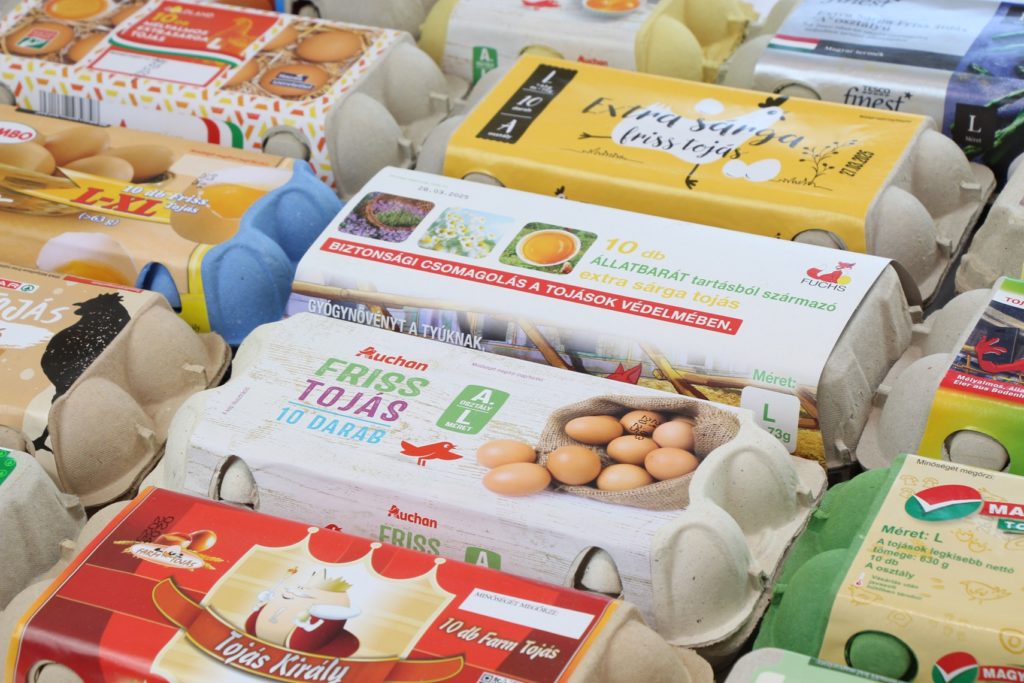
In the supermarket where I usually shop, the Spar, I have found many products that have surprised me because of their closeness to what we use at home.
For example, eggs come by default in small size (M) and can have white or brown shells, and are sold in packs of 10, not 12 as in Spain. Milk, called tej here, is usually whole or semi-skimmed, and is available both fresh and in cartons. In addition, vegetables such as onions, carrots, potatoes, tomatoes, lettuce and peppers are everywhere, even in shops open 24 hours. Garlic is also very common and easy to find.
As for cooking basics, pasta is present in all kinds of formats and qualities, and rice is not lacking. However, paella-type round rice is more difficult to find, although there is always the option of SOS rice, which usually appears in Spar and is a small joy. There are also soup noodles that look a lot like fideuá, something that can be a great help if you want to cook something quick.

There are products that are reminiscent of Spanish ones, albeit with their differences. Queso fresco is not the same as the cheese we know, but Hungarian túró, a kind of cottage cheese, can be spread or mixed into salads or desserts. Cooked ham, or sonka, comes in several versions, some of which are quite similar to ham, ideal for quick and easy snacks. Sausages are a real experience: there are many varieties, from virsli, reminiscent of frankfurters, to debreceni or kolbász, with a smokier, spicier flavour. They are perfect for quick dishes or to accompany bread.
Speaking of bread, don’t expect to find the classic crusty Spanish loaf, but you can buy loaves or white dough buns which, with a little heat in the oven or toaster, do the job perfectly well for a sandwich or to accompany a meal.
In the canned food and staples section, there is tuna, corn, peas, crushed tomato and other staples that you can use to prepare uncomplicated recipes. Olive oil, although not as common or cheap as sunflower oil, is available, especially in Spanish brands such as Carbonell or Ybarra, which are regularly stocked in Spar. Vinegar, salt and basic spices such as pepper, oregano or garlic powder are everywhere, although the packaging and labels can be a little baffling at first.
Finally, dried pulses such as lentils, beans and chickpeas are sold in packets and are quite common, although the cooked ones in jars, so common in Spain, are more difficult to find.
In short, without the need to visit a thousand supermarkets or do exhaustive research, in places like Spar you can find what you need to feel a little closer to Spanish cuisine and eat well without complications.
What is difficult or expensive to find
Although in Budapest you can eat well and find many basic products, there are certain ingredients that are much missed and are difficult or very expensive to obtain. It’s not that they don’t exist, but they are often far from the quality or price we are used to in Spain, or they don’t appear at all.
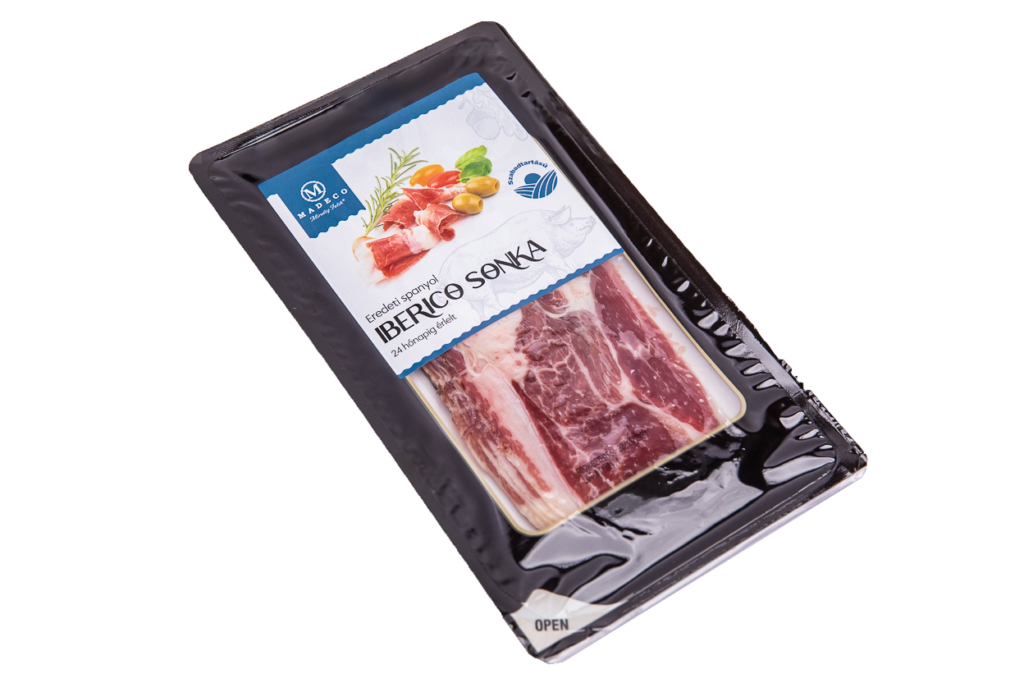
For example, Iberian ham is a luxury that is almost impossible to find. In gourmet or delicatessen shops it appears from time to time, but at very high prices that have little to do with what you pay in Spain for a good packet. That’s why, for a special treat, it’s worth bringing it from home if you have the chance, or booking a visit to a specialised shop, even if it’s only for a few days.
Authentic cured or Manchego cheese is not available in normal supermarkets either. Instead, you will find Hungarian cheeses which, although tasty, are quite different and do not always fit into Spanish recipes. The same goes for other classic cheeses such as cabrales or blue cheese.
Quality Spanish-style bread is another big challenge. Although there are bakeries that make good bread, the thin, crusty loaf, that ‘village bread’ that accompanies every meal in Spain, is not common here. In many cases, the bread is denser, with a harder crust or loaf-like crust, which can discourage those looking to repeat that perfect sandwich.
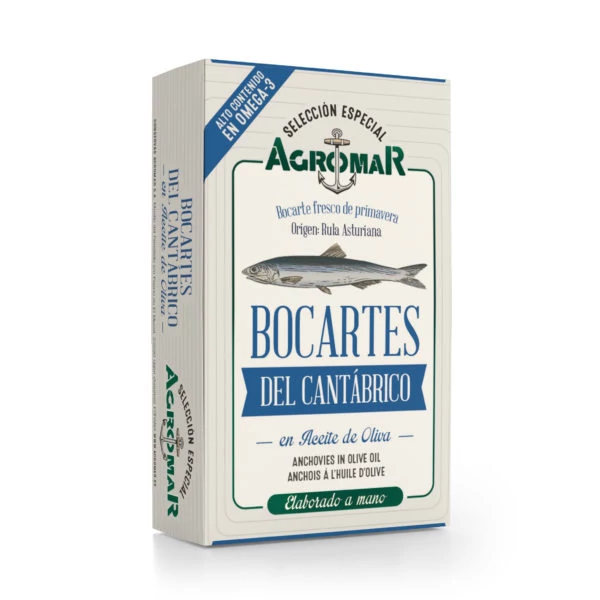
Another product that can be tricky is typical Spanish preserves, such as salted anchovies, piquillo peppers or stuffed olives. Sometimes they appear in gourmet or import shops, but their price is high and they are not within the reach of all budgets. For this reason, many people choose to bring them from Spain or look for them in online shops that ship to Hungary.
Good quality extra virgin olive oil is also expensive and less common than sunflower or corn oil, which dominate local cuisine. If you want to cook dishes that require good olive oil, budgeting for it or bringing it from home can be a good idea.
In addition, certain basic ingredients of Spanish cuisine, such as sweet or hot paprika, authentic saffron or flour for baking bread or pastries, are not easy to find in conventional supermarkets. Although there are similar spices or local blends, they are not the same and do not replace the original flavour.
Finally, fresh products such as aubergine, artichoke or courgette are available, but they tend to be more expensive or of lower quality depending on the season, and sometimes typical Spanish vegetables are not so widely available, which means that recipes have to be adapted or local alternatives have to be sought.
Tips for getting by: easy recipes with local products that taste like Spain
Chicken in Sauce with Onion and Pepper (Pollo en salsa con cebolla y pimiento)

Ingredients (2–3 servings):
- 3–4 chicken thighs or drumsticks (csirkecomb vagy alsócomb)
- 1 large onion (vöröshagyma)
- 1 red or green bell pepper (kaliforniai paprika)
- 2 garlic cloves (fokhagyma)
- 1 ripe tomato or 100 ml crushed tomato (paradicsom / darabolt paradicsom konzerv)
- Olive oil (olívaolaj)
- Salt, pepper and sweet paprika (só, bors, édes pirospaprika)
Preparation:
- Season the chicken with salt and pepper, brown in a pot with oil. Set aside.
- In the same oil, sauté the onion, pepper and garlic.
- Add the grated tomato and one teaspoon of paprika. Cook for 5 minutes.
- Return the chicken to the pot, add a bit of water, and simmer for 30–40 minutes.
- The sauce will thicken. Serve with rice or potatoes.
Lentils with Vegetables and Sausage (Lentejas con verduras y salchicha)
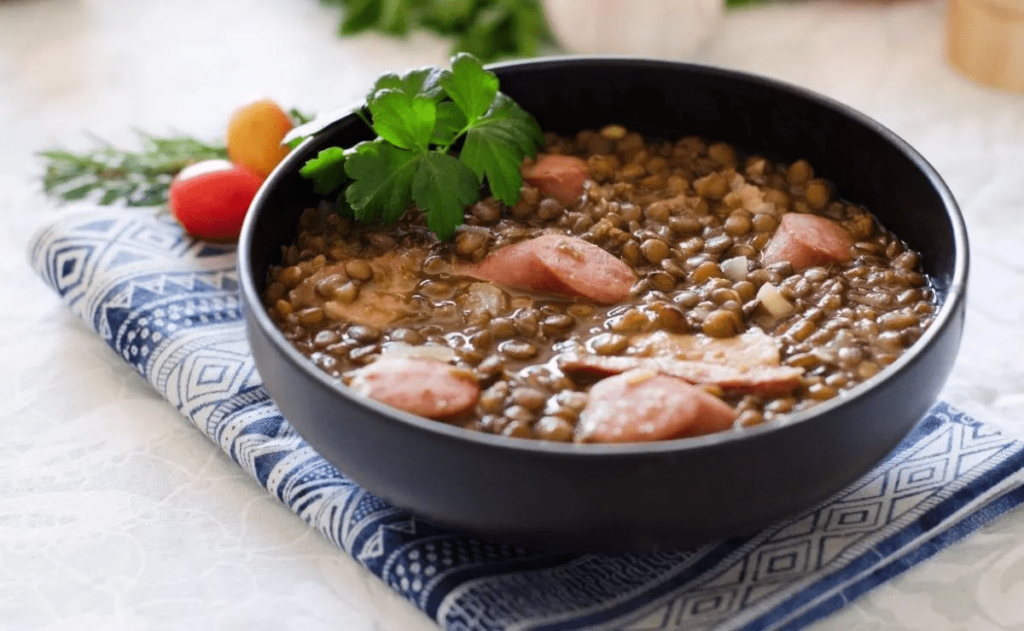
Ingredients:
- 200 g lentils (lencse)
- 1 carrot (sárgarépa)
- 1 onion (vöröshagyma)
- 1 potato (burgonya)
- 1 garlic clove (fokhagyma)
- 1 kolbász or debreceni sausage (kolbász vagy debreceni kolbász)
- Oil, salt, paprika and bay leaf (olaj, só, pirospaprika, babérlevél – optional)
Preparation:
- Sauté the onion, garlic and carrot in oil.
- Add lentils, diced potato, paprika and sliced sausage.
- Cover with water and cook for 40–50 minutes.
- Adjust salt and serve hot, with a drizzle of olive oil if available.
Lemon Pork Loin (Lomo al limón)
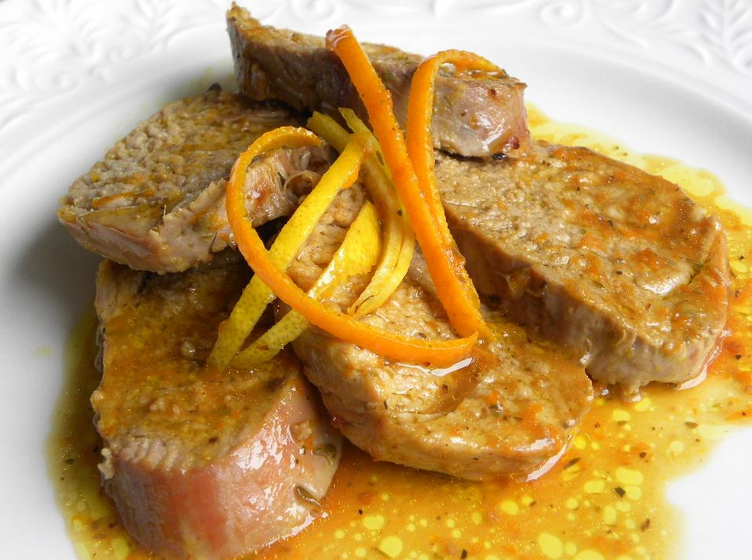
Ingredients:
- 300–400 g pork loin slices (sertéskaraj szeletek)
- 3 garlic cloves (fokhagyma)
- 1 onion (vöröshagyma)
- Juice of 1 lemon (citromlé)
- 150 ml water (víz)
- Olive oil (olívaolaj)
- Salt and pepper (só, bors)
Preparation:
- Season the pork, sear in oil and set aside.
- In the same pan, sauté sliced garlic and onion.
- When soft, add lemon juice and water.
- Return the meat to the pan and cook for 10–15 minutes until the sauce reduces.
- Serve with rice, boiled potatoes, or bread.
Potato Stew with Meat (Estofado de patatas con carne)
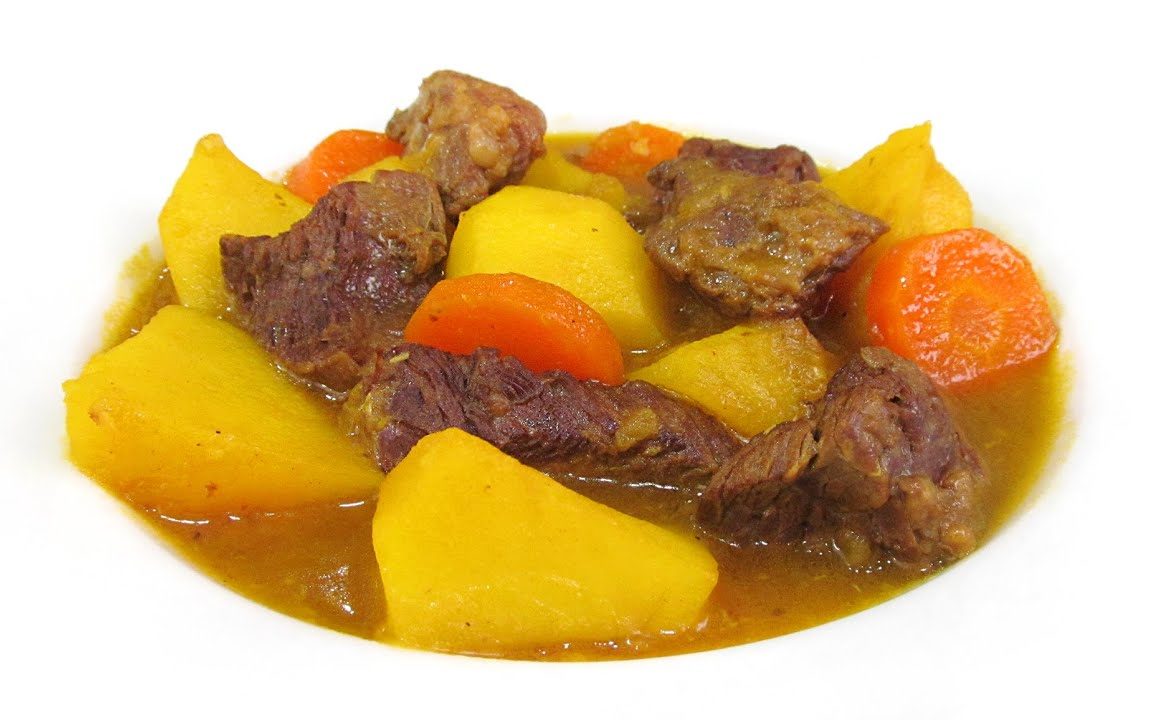
Ingredients:
- 300 g pork or chicken meat (sertéshús vagy csirkehús)
- 3 potatoes (burgonya)
- 1 onion (vöröshagyma)
- 2 garlic cloves (fokhagyma)
- 1 tomato or 100 ml crushed tomato (paradicsom vagy darabolt paradicsom)
- Oil, salt, pepper, paprika (olaj, só, bors, pirospaprika)
Preparation:
- Brown the seasoned meat in oil. Set aside.
- In the same oil, sauté onion, garlic, and tomato.
- Add peeled and chopped potatoes.
- Return the meat and cover with water. Simmer for 40 minutes.
- Thick and flavorful—perfect as a main dish.
Brothy Rice with Vegetables and Egg (Arroz caldoso con verduras y huevo)
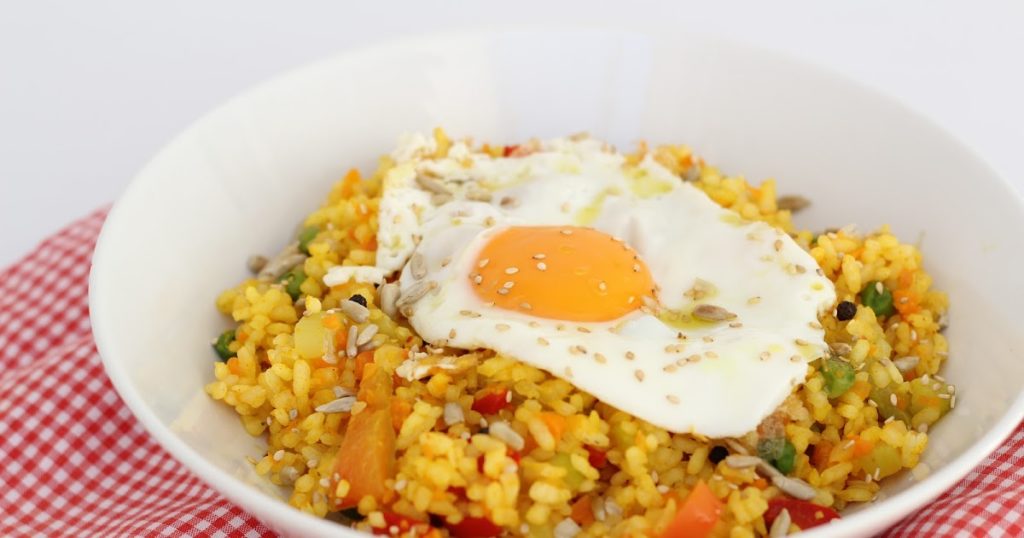
Ingredients:
- 200 g SOS rice (SOS rizs)
- 1/2 onion (vöröshagyma)
- 1 carrot (sárgarépa)
- 1 bell pepper (kaliforniai paprika)
- 1 tomato (paradicsom)
- 2 eggs (tojás)
- Oil, salt, paprika (olaj, só, pirospaprika)
Preparation:
- Sauté chopped vegetables in oil until soft. Add grated tomato.
- Add a teaspoon of paprika and the rice. Stir briefly.
- Cover with water (about 2.5 times the rice), season with salt, and cook 15–18 minutes.
- Crack eggs over the top in the last minutes so they cook on the surface.
- Serve hot. A comforting, simple dish.
Homemade Alioli with Local Ingredients (Alioli casero con ingredientes locales)
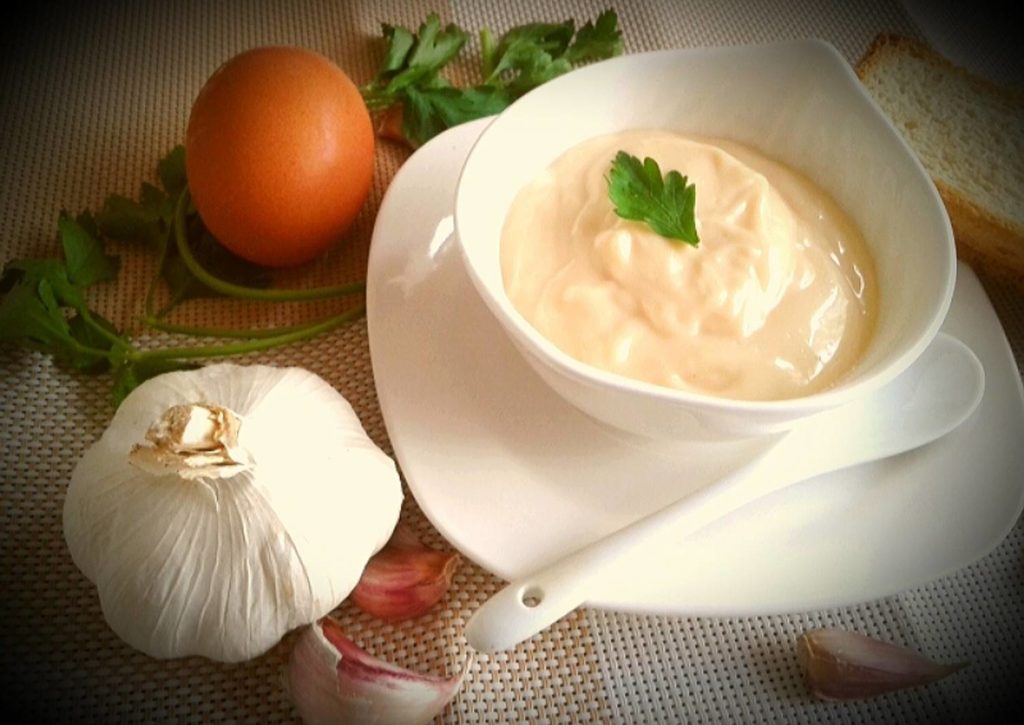
Ingredients:
- 1 egg (tojás)
- 1 garlic clove (fokhagyma)
- 200–250 ml sunflower oil or mix with olive oil (napraforgóolaj / olívaolaj)
- A splash of lemon juice or 1 tsp vinegar (citromlé vagy ecet)
- Salt (só)
Preparation (with hand blender):
- In a blending cup, combine egg, garlic, salt, and lemon juice or vinegar.
- Add oil (start with 200 ml).
- Place the blender at the bottom and blend without moving it at first.
- When it starts to emulsify, slowly move the blender up and down.
- For a thicker texture, add more oil and keep blending.

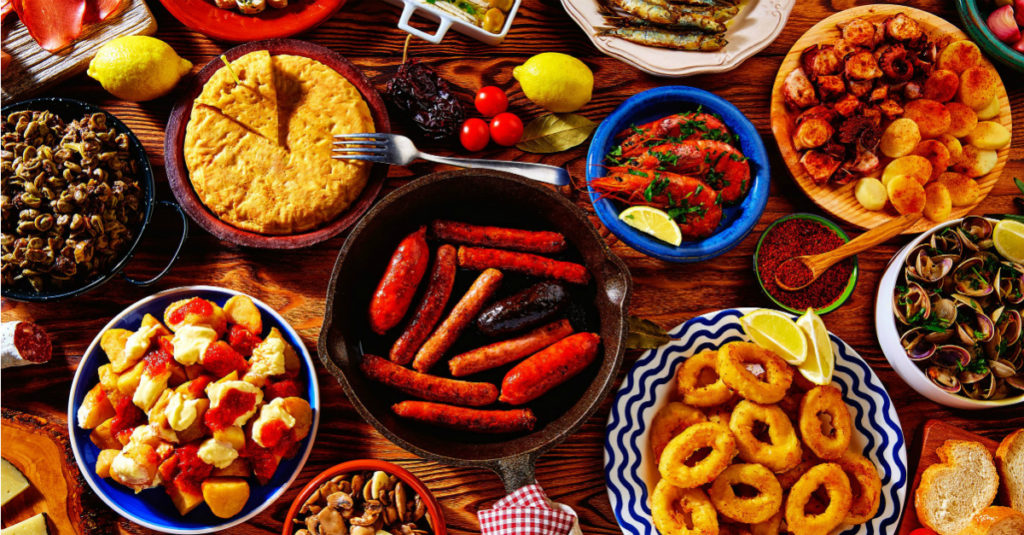
Comments are closed.